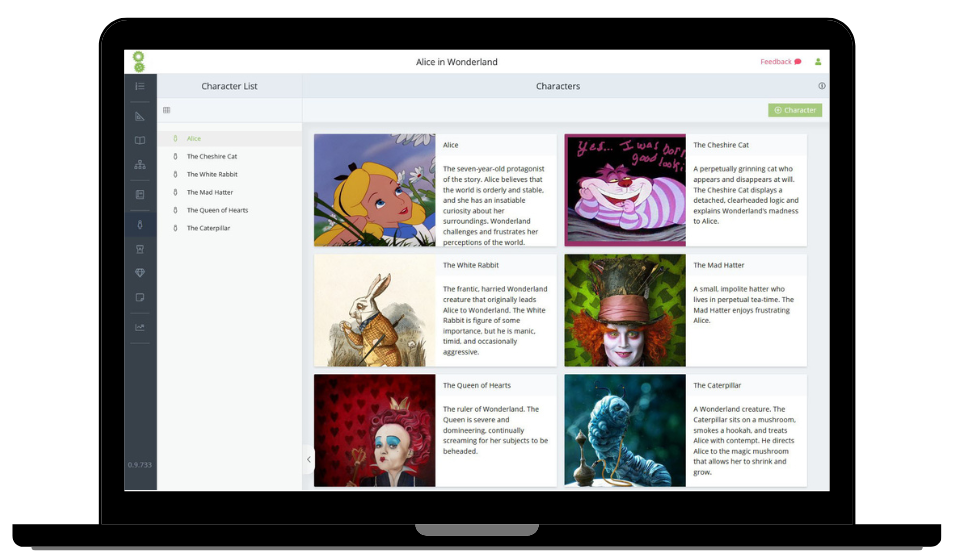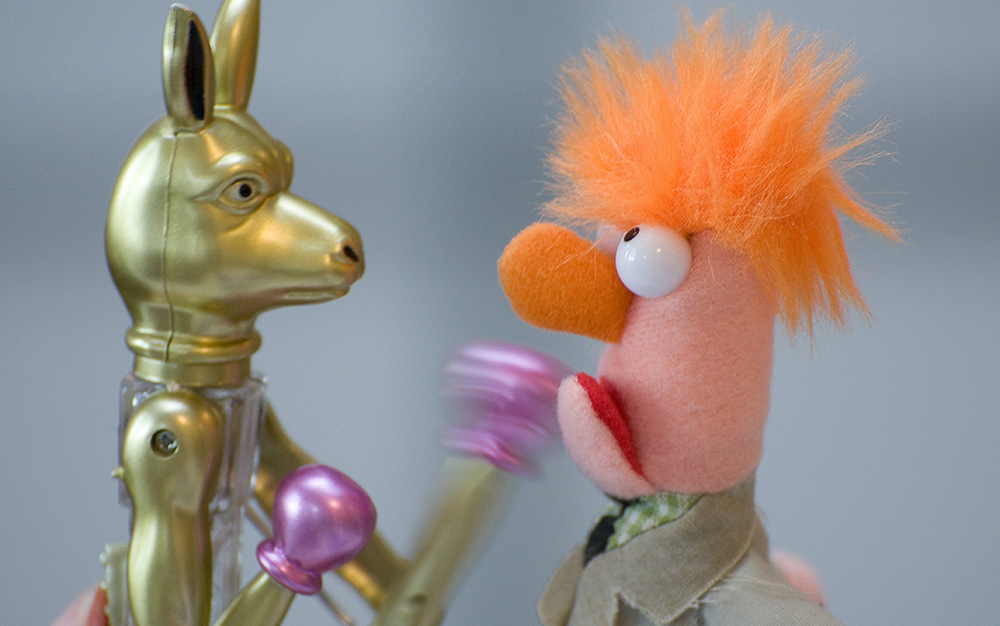
Internal and External Conflict: The Complete Guide for Writers
Conflict is the driving force behind most powerful novels. Without conflict, there is no story.
But getting conflict right isn’t simply a matter of adding gunshots and fistfights. There are many different levels of conflict, from a life of death battle with the forces of nature, to the muttered passive-aggressive comment. And of course some of the hardest battles we fight are those with our inner demons.
One novel may open with a violent battle scene in which many are killed, and yet we feel no tension. But another may open with a bedraggled child being shoved into a grotty room and the door slammed in its face – and we’re gripped.
In this article we’ll examine what is meant by Internal and External conflict. We’ll see some of the different faces of Internal and External conflicts, including: physical desires and addiction, denial, other characters, authorities, forces of nature, fears and doubts.
We’ll look at how the different types of conflict are used to great effect in popular books and novels, and we’ll offer advice on how you can master conflict in your own novels.
What is Internal Conflict?
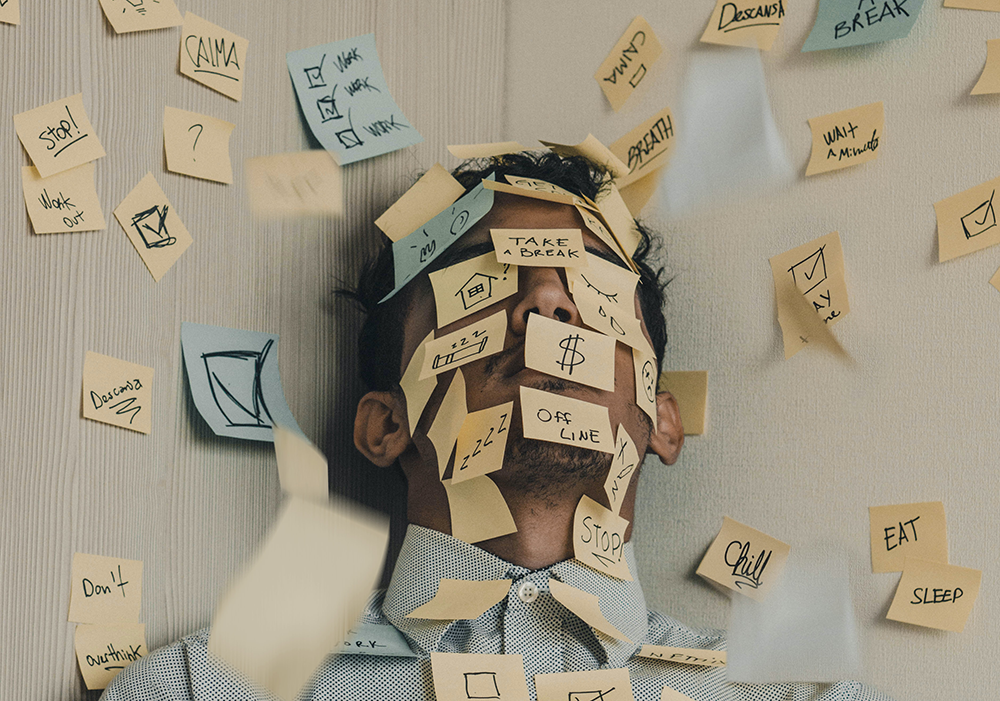
As humans, we believe we are consistent beings, but we’re actually a constantly shifting bundle of ideas, thoughts and wants, many of which are contradictory.
Internal conflict is what happens when these ideas, beliefs and desires come into direct opposition with each other.
For example, we may want to stay fit and healthy, but find it really hard to resist another slice of gateaux. Or we may keep telling ourselves our relationship is going well, and it’s ‘just a rough patch’ even though all the signs are there that it’s over. Or we may believe we can keep both our spouse and mother-in-law happy, despite the evidence that they despise each other.
Types of Internal Conflict
Internal conflict is usually considered to be a single category – Character Versus Self.
But to help break down the different types of internal conflict, we’ve identified three broad categories that it usually falls into:
- Mind versus Body
- Mind versus Mind
- Mind versus Reality
These categories are overlapping and fluid, but can nonetheless help us understand the different ways internal conflict can manifest.
In each of these examples, either of the forces of opposition can be in the right or wrong. In other words, the mind could be right and the body wrong, or it could be the body that’s right and the mind that’s wrong.
Where there is a clear right and wrong, the tension comes from how much of a struggle the character faces to take the right course of action over the wrong one.
Situations where there isn’t a clear right and wrong answer often provide the most powerful, gripping inner conflicts, as the reader finds themselves agonising over what to do, alongside the character.
Let’s examine them each in turn, with examples to clarify what we mean.
1. Mind versus Body
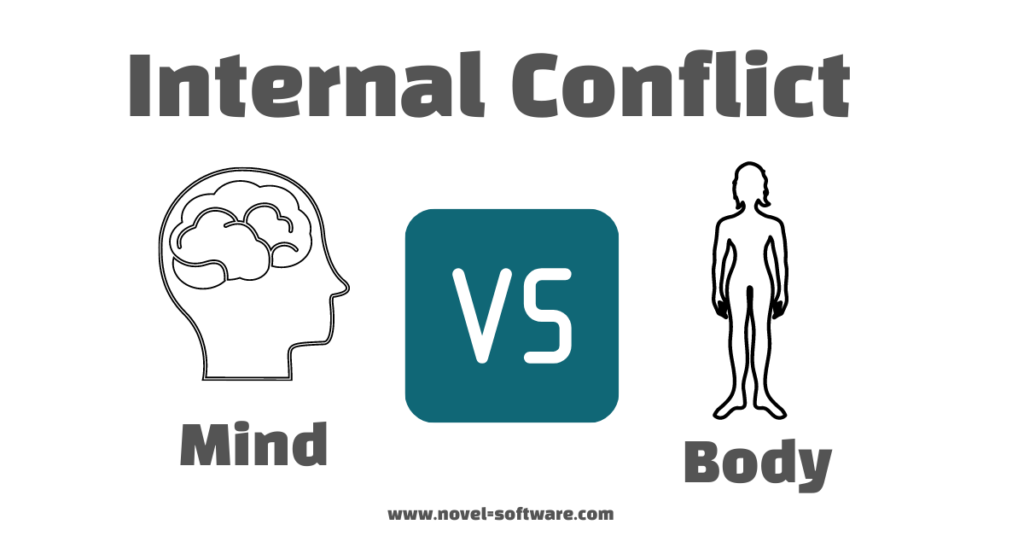
This happens when we hold a belief in our minds, but have physical cravings or desires that challenge that belief. It could be a moral belief, or simply an aspiration.
Example One – addiction
Addiction is a common cause of internal conflict. We know the eighth glass of wine is bad for us, but we can’t seem to stop our arm from pouring. This is an example of where the mind could be seen to be ‘right’ and the body ‘wrong’.
Trainspotting
Mark Renton knows that heroin is dangerous and having a negative impact on his life, but his addiction will not release him easily.
Example Two – religious beliefs
Someone who has been brought up in a very religious society may have been told that homosexuality is a sin. So if they realise that they are gay, they will struggle with the belief that it makes them a bad person. This is an example of where the mind could be seen to be ‘wrong’ (because it’s been conditioned with unnatural beliefs) and the body ‘right’.
Brokeback Mountain
Ennis has been brought up to believe being gay is bad. So he’s torn up by how attracted he is to Jack, and disgusted with himself for acting on those desires.
Example Three – peace or intensity
A monk may wish to live a life of quiet celibacy, but is tempted into the lay people’s world when he falls in love. His beliefs and experience have taught him that being a monk will bring him peace and long term contentment. But his body holds millenia of evolution that encourage him to mate and procreate and being with his love brings him feelings of intense joy and connection, different to anything he’s experienced before. In this case there is no clear right and wrong.
The Matrix
When Cypher makes a deal to re-enter the Matrix, Neo grapples with this dilemma. If he stays where he is, he’s doomed to a miserable and probably short life of privation, but at least it’s the truth. Or he could re-enter the Matrix and live out his days in a blissful, luxurious lie.
2. Mind Versus Reality
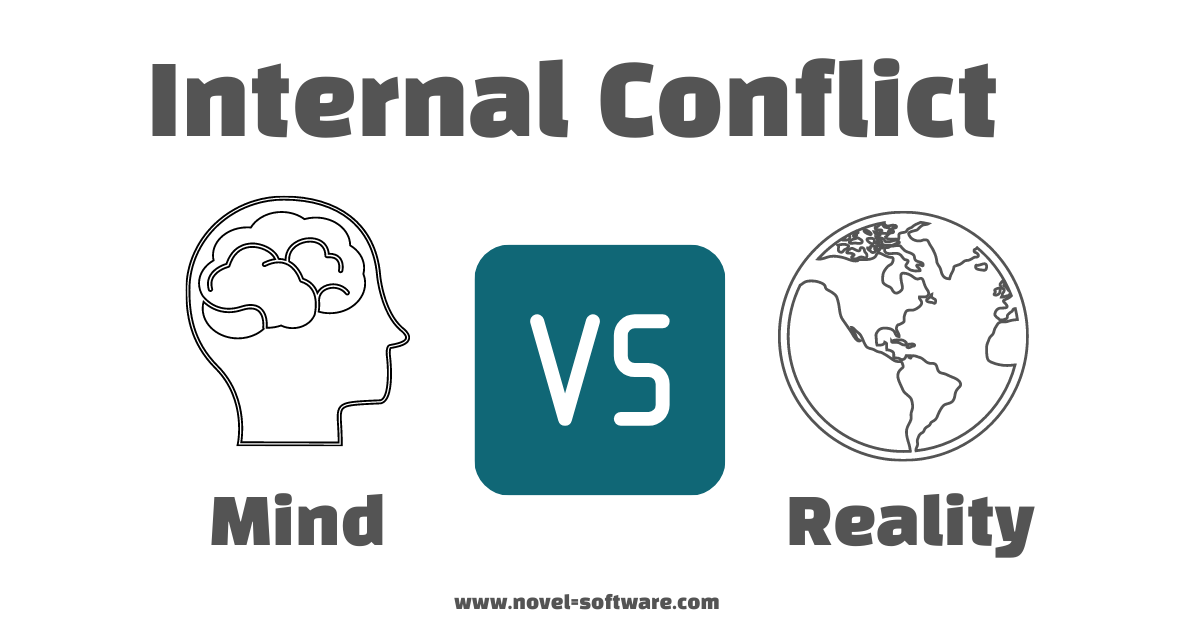
This could be described as living in denial, or in a fantasy world. When the real world is not to our liking, we may deliberately (if sub-consciously) blind ourselves to the facts, and construct different ones that suit us better.
Example one – dystopia
It is possible for the world to be wrong – as the day-to-day world we live in is largely one constructed by other humans. A girl living in an oppressive dystopia may be told that she is sub-human, that her worth is solely based on her looks, and that it is demonic of her to dream of a life that deviates from caring for her children and husband. But she may still harbour a desire to be a mathematician.
1984
Winston lives in a reality where he’s conditioned to believe that reducing creative thought, affection and individualism is the right way for humanity to go. But he clings to his belief that all that is wrong.
Example two – superiority complex
And of course it is possible for us to be wrong. A young man drawn into a cult or conspiracy theory may believe that he is special, and chosen – therefore superior to the rest of the ‘sheeple’. But actually the cult is simply using him to attain its own ends, as it is with hundreds of other vulnerable young people.
Toy Story
Buzz Lightyear believes he is the one and only real Buzz Lightyear, on important Universe saving missions. But the evidence before him is that he is a toy. Despite this, he ignores the facts or interprets them to fit his own narrative, even when the evidence becomes more and more overwhelming.
Example three – right versus just
A super-villain may believe that humanity is an evil plague on the earth, and may create a biological weapon that could be used to wipe out 90% of the population of the earth. In this case it could be argued that both are in the wrong – the super villain shouldn’t commit genocide, but then reality of humanity destroying the earth is a genuine problem.
Brave New World
In Brave New World, a society uses social engineering and drugs to keep its citizens peaceful and happy. This seems at odds with freedom, autonomy and modern ethics, but those that exist in a more traditional way tend to be impulsive, violent and unhappy. Are we better off controlled or happy? Or with a sense of freedom and miserable?
3. Mind Versus Mind (opposing objectives)
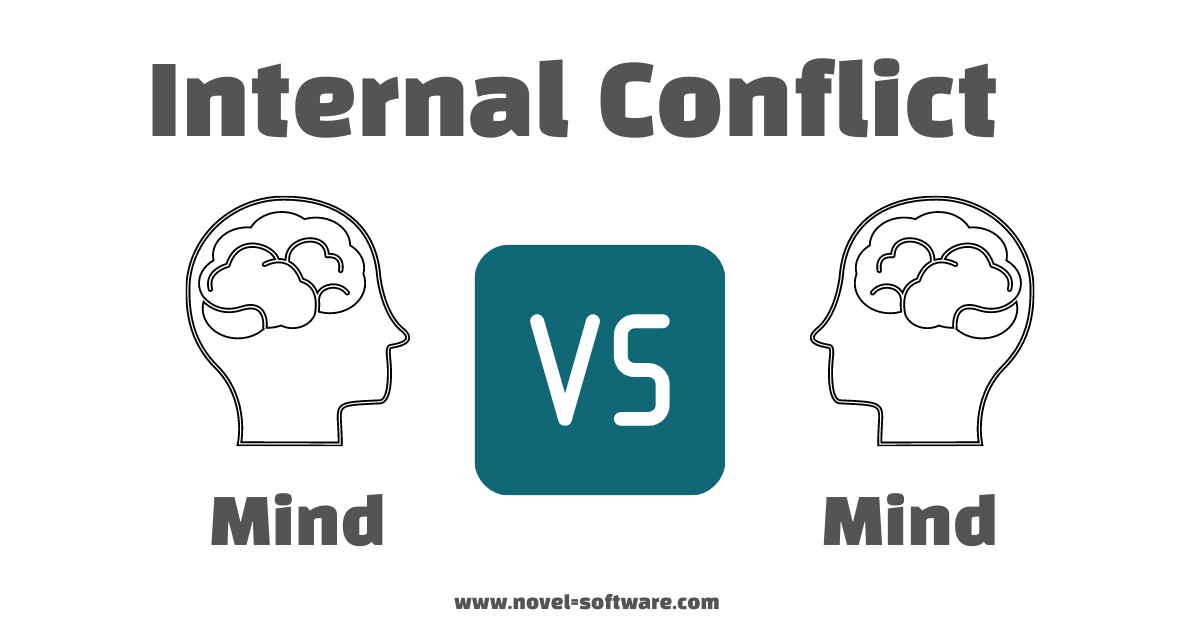
This is a case of opposing objectives – both of which the character desires. On the one side of the scale they could be two positive things the character desires, or on the other side the character could be faced with an impossible choice between two equally terrible things.
Example one – dreams versus responsibilities
An adventurous woman may have longed all her life to climb K2, and now the opportunity arises. But she has two children, and a third of the people who attempt the climb don’t survive. Should she give up on her dreams and live an unfulfilled life? Or should she follow her dreams and risk leaving her children motherless?
Interstellar
Cooper wants to protect his family, both in the present and into the future. But he also longs for adventure. When the opportunity arises to travel into space, he desperately wants to go, despite his daughter begging him not to, and accusing him of abandoning her.
Example two – duty versus justice
A detective may discover that a woman murdered her husband. But the husband was a manipulative abuser, and the woman did it to protect her two young children. If the detective turns her in then she will be punished for her crime. But her and her children’s lives will be destroyed.
Game of Thrones
Ned in Game of Thrones wants the best for his Kingdom, but also believes it is right to obediently serve his King. So when the King gives orders that Ned can see will harm the Kingdom and its people, he struggles to know what the right course of action is.
Example three – survival or life
A tortured slave may gain access to poison that will end their suffering once and for all. Should they take it, or cling to even the most miserable existence?
Fightclub
The narrator is a good person, who causes no harm. But he’s so bored of life it barely seems worth living. Instead he is tempted by the excitement of Tyler Durden, who hurts people both mentally and physically – but boy, is he living a full life.
More Internal Conflict Examples from Famous Stories
Internal Conflict in The Handmaid’s Tale
Offred believes that she is helpless and powerless, though she longs to have her own agency and be treated with respect and kindness. She battles with the hope that she might one day be reunited with her husband and daughter and the feeling that this hope is futile and only dragging out her suffering, when she might as well accept the truth.
Serena believes that the religion of Gilead is correct – she helped write half of it – and that women have a particular role and duty. But evidence is before her that women are not fitting neatly, comfortably and happily into that role, or being satisfied by it. Furthermore, as a natural leader and cultural architect, she struggles to fit into the narrow role she’s written for herself.
Internal Conflict in Interview with a Vampire
Louis wants to believe that he is still a good person, and not a murderer, but he can’t resist the hunger for blood. On the one hand, killing people is generally accepted to be a bad thing. On the other hand, as a vampire, killing people is the truth of his nature.
Internal Conflict in The Hunger Games
Katniss wants to survive and protect her family, but the only way she can do so is by becoming a killer. If she kills, then she will have lost her humanity, and herself.
What is External Conflict?
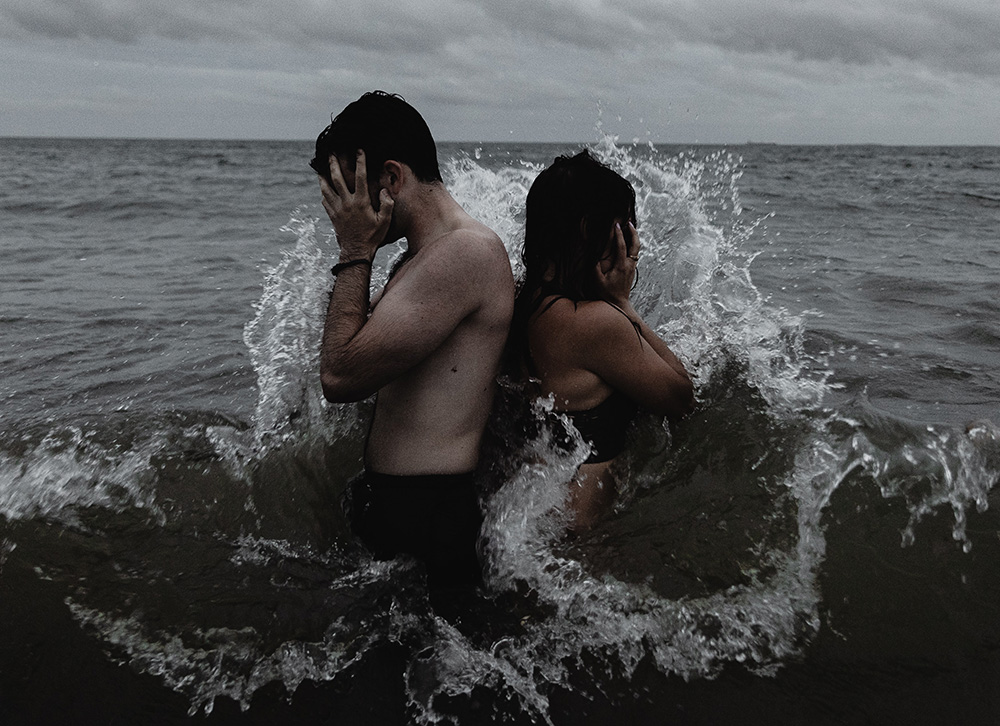
External Conflict is any force outside a character which prevents them achieving their goals.
Most people just want to be happy. This happiness may take different forms – but one thing is for certain – happiness does not come easily to most of us.
Sure, some of our problems are of our own making (see Internal Conflicts), but the fact is the world never promised it would be fair. And life has a habit of throwing obstacles in our paths.
It may be the best friend we’ve discovered has betrayed us, or the company that refuses to value our hard work. Or it may be the pouring rain on our wedding day.
Below we look at some of the major types of External Conflict and examples from popular books and movies.
Types of External conflict
External Conflict broadly falls into three loose categories:
- Character versus Character
- Character versus Society
- Character versus Nature
These three categories are very fluid, with lots of overlap and grey areas.
Opponents often represent more than one of the categories, or shift between them.
For example, imagine a dystopia in which the cruel leader of a totalitarian regime that enslaves its citizens punishes a main character by expelling them into a freezing wilderness.
The external conflict here could be said to have layers of character, society and nature, all intertwined.
So, bearing in mind their fluidity and interconnectedness, let’s look at each of these types of external conflict in more detail, looking at specific examples from popular stories.
1. Character versus Character

This is fairly straightforward, and probably the most common type of conflict we see in stories. This is when a character faces opposition from another character.
The ways in which this could manifest are almost infinite, and almost every story will have several examples of character versus character.
Harry Potter and the Philosopher’s Stone
Initially Harry’s conflict is with his Uncle, Aunt and Cousin Dudley. The family work as a group of characters who oppose his happiness, but present it each in their own individual ways. Later, Harry’s main character v character conflict comes from Snape, who bullies and punishes him. And of course his main opponent is Voldemort (using the body of Quirrel), so his ultimate battle is also character v character conflict. In all of these examples, the character opposing Harry holds more power and authority than him.
The Hunger Games
Katniss faces opposition from Haymitch, who is supposed to be assisting her, but initially only antagnoises her. Within the arena almost all the other characters are potentially attempting to kill her, some with more relish and aptitude than others. And finally there is President Snow, a highly powerful individual.
The Handmaid’s Tale
Offred faces cruelty and opposition from many of the characters in the story, most notably Serena Joy, The Commander and Aunt Lydia. They abuse her physically and mentally and deny her even the most basic of human rights.
2. Character versus Society
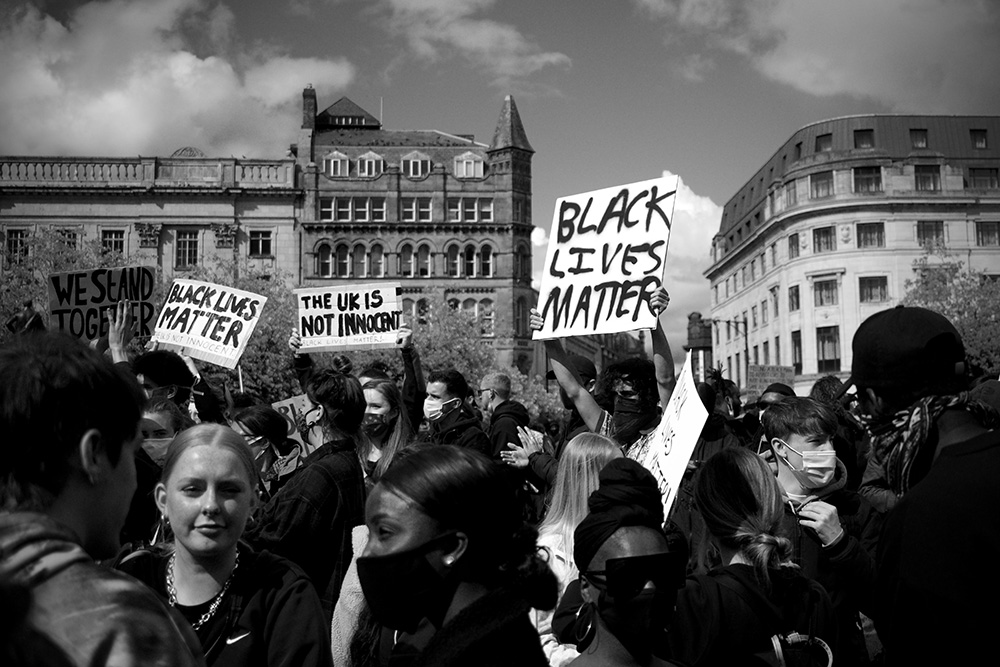
A common theme in many novels is character versus society, where the opposing force is not an individual character but the hivemind of community, nation or even world.
There will often be a lot of overlap between character v society and character v character, as good writers know that embodying the society in an individual character will make it more emotive for the reader.
This type of external conflict goes hand in hand with dystopia, where by definition the society contains suffering and injustice.
While it is most common for character versus society stories to feature noble characters fighting against an unjust world, it is also possible for this conflict to involve a self-centred character who is refusing to accept their role and responsibilities to a reasonable and fair society.
The Hunger Games, The Handmaid’s Tale and 1984
Society is an obvious opponent in The Hunger Games, The Handmaid’s Tale and 1984, where a powerful government uses propaganda to convince its citizens that they are living in a superior society which is a just, natural order. While in reality, a large number of the citizens are unhappy and unfulfilled, and a small minority are subjected to horrific cruelty and torture.
Brokeback Mountain
In Ennis’s society, the conservative American West, being gay is a shameful abomination. People have been murdered for being gay and they make it clear they will not accept his and Jack’s love.
The Lion King
Simba runs away from his responsibilities to his society (the pride) and stubbornly refuses to accept that he needs to return and take his place as their leader.
3. Character versus Nature
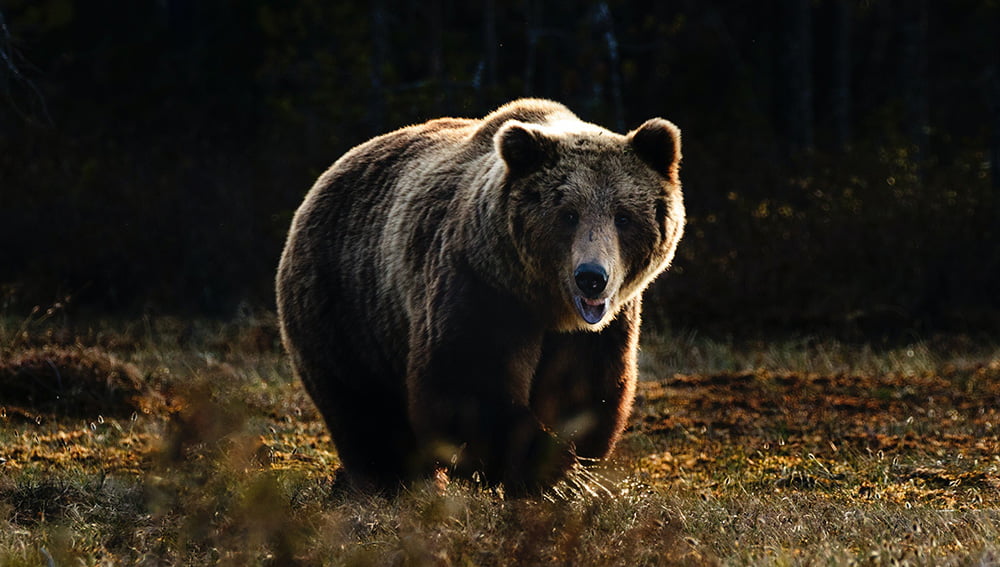
Often the simplest and purest type of conflict, some stories pit their characters against the forces of nature. For example the weather, the wilderness, or a natural disaster.
Interstellar
In the near future world of Interstellar, the earth is dying. Crops fail and dust storms choke and blind. Unless something is done, Cooper’s family – and humanity in general – will perish.
The Old Man and the Sea
In Hemingway’s book, Santiago struggles against a Marlin, sharks and of course the sea itself.
The Revenant
Through much of the film, Glass battles against the cold, starvation and wild animals. Similarly to society being represented by an individual, sometimes the brutality of nature is also embodied in a single fierce creature. In this case it is an enormous bear who mauls Glass almost to death.
Other types of External Conflict
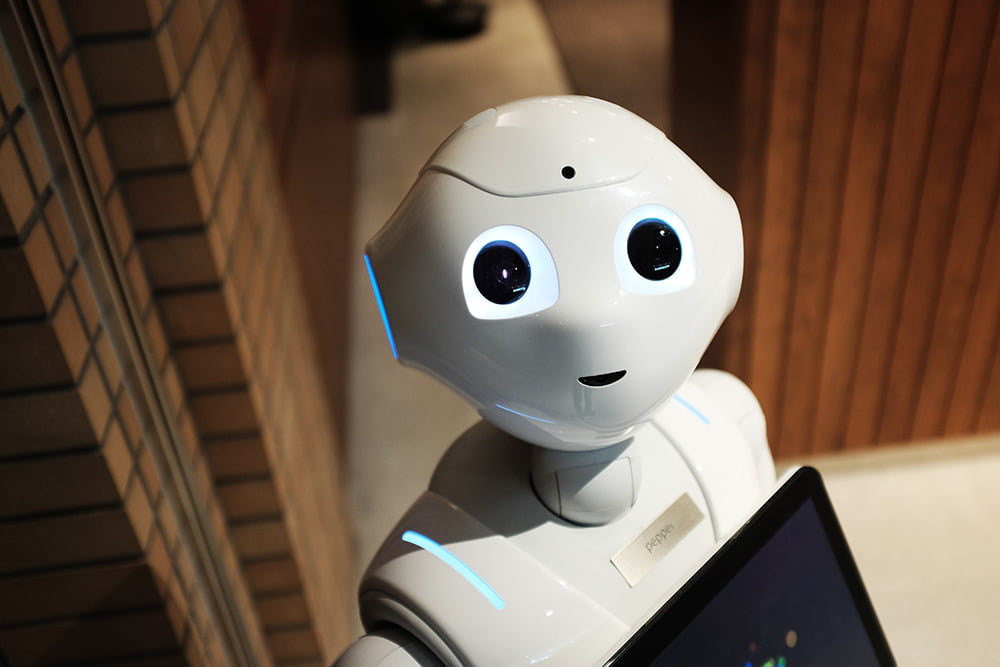
Sometimes additional categories of External Conflict are listed, but usually these can be considered sub-categories of the three major groups listed above.
Character versus Supernatural
Supernatural conflict could fall into any of the major conflict groups. In Harry Potter, Voldemort is a powerful wizard, but he’s still a person, so can be considered a character conflict. Equally, there is societal conflict between the ‘good’ wizarding community and the dark wizards. And when wild animals or even dragons attack, they are simply a magical manifestation of nature.
Character versus Technology
Likewise, robots or a supercomputer could be considered individuals, society or even a force of nature. However, technology does offer some opportunities for coming up with new and interesting forms of conflict. In Ancillary Justice the lines between individual and society are blurred, as spaceships and occasional people are hiveminds and individuals at the same time.
Character versus God / Fate
Where Gods are personified, again they could be seen as simply supernatural representations of individuals and society. As with technology, this does give potential for more interesting blends, as Gods could have powers to direct forces of nature. Some stories may pit the protagonist against fate itself, giving ‘destiny’ a sense of conscious intent.
More examples of External Conflict in popular books and movies
External Conflict in Interview with a Vampire
Louis faces character v character conflict with Lestat, who is controlling and manipulative. He faces character versus society opposition when his staff turn against him for being a vampire, and several times he is forced to flee raging fires.
External Conflict in Toy Story
The antagonism between Woody and Buzz is the most prominent example of character versus character conflict in Toy Story. The characters face external conflict in the form of nature when they find themselves in the ‘wilderness’ of Pizza Planet and have to find their way home.
External Conflict in Game of Thrones
There are countless examples of character versus character conflict in Game of Thrones, as the characters pursue their various conflicting goals. From a societal conflict point of view there are also many examples: Arya in particular struggles against a society that wants her to be something she’s not, and Tyrion faces constant discrimination and humiliation from a judgemental culture. And of course there is the constant threat from nature as ‘Winter is Coming’.
Levels of Conflict
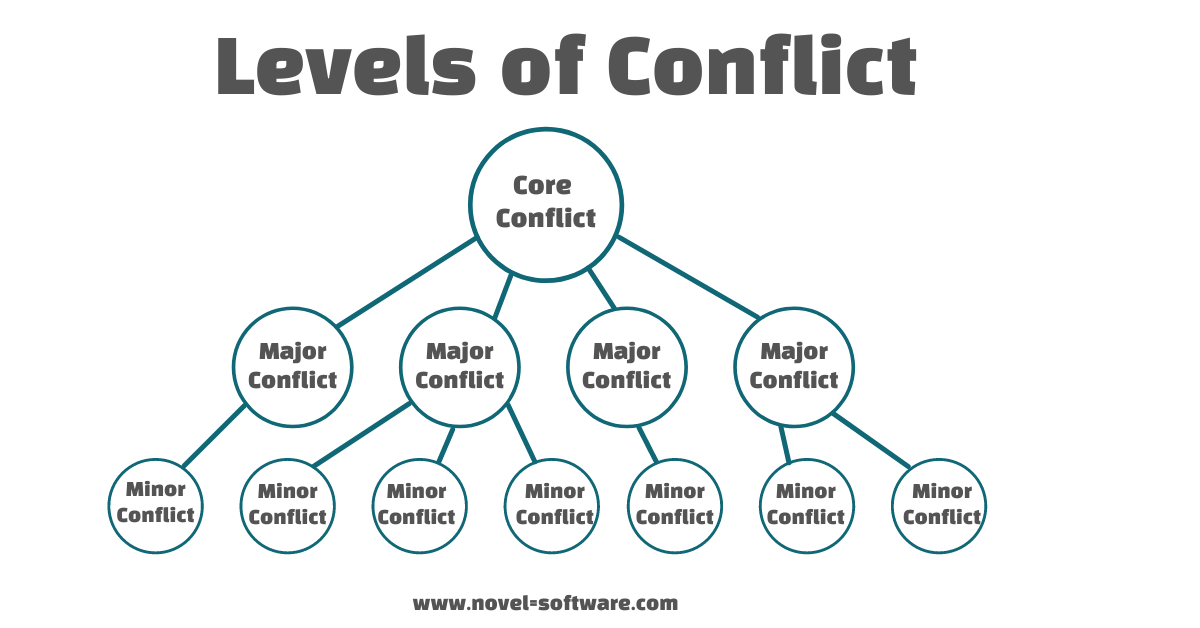
Not every conflict has to be life threatening, or be the core of the story. Good stories will usually contain a core conflict which is the driving force of the story, but also lots of smaller conflicts along the way.
1. Core Conflict
This is the heart of the story, the premise. Often there will be a core Internal Conflict and a core External Conflict, which are intertwined.
2. Major Conflicts
As well as the core conflict, there will be a series of major conflicts which the hero must overcome, using their skills, resources and luck.
3. Minor Conflicts
Finally, there will be minor conflicts, which may take the form of little niggles, fleeting disagreements, or obstacles that are reasonably easily overcome.
Examples of the different levels of conflicts in popular stories
Harry Potter and the Philosopher’s Stone
Harry’s main External Conflict is with Voldemort, a character who is his nemesis. His core Internal Conflict is that he feels alone in the world and longs to have somewhere to call home, with people who love him.
He faces major obstacles in the form of his Uncle, who goes to great lengths to prevent him from going to Hogwarts; Snape, who bullies and undermines him; a dangerous troll; and temptation in the form of the Mirror of Erised.
As well as all that, there are many minor obstacles, such as getting to Platform 9 ¾, the sorting hat, Draco, flying a broomstick, playing quidditch and many more.
Interview with a Vampire
Louis’s main internal conflict is that he wants to be a good person and believe life has meaning, but as a vampire he is compelled to kill innocents. His main external conflict comes from Lestat, who tries to force him to be something he doesn’t want to be.
He faces major obstacles in the story in the form of his hunger for blood, Claudia’s rage, and the vengeful Paris coven.
Amongst those major obstacles are many minor conflicts, including: his staff turning against him, his victims begging him for mercy and creepy vampire mimes.
The Handmaid’s Tale
The core Internal Conflict Offred faces is wanting to survive, but also wanting to live like a human being rather than property. Her main External Conflict comes from Gilead itself which controls every aspect of her life.
Major conflicts she faces include the Ceremony, the Commander’s attention and the cruelty of the retraining at the Red Centre (in flashbacks).
Minor conflicts are everywhere as she tries to navigate shopping trips under strict surveillance, overtures from rebels and bullying from the house staff.
6 tips to mastering Internal and External conflict in your novel
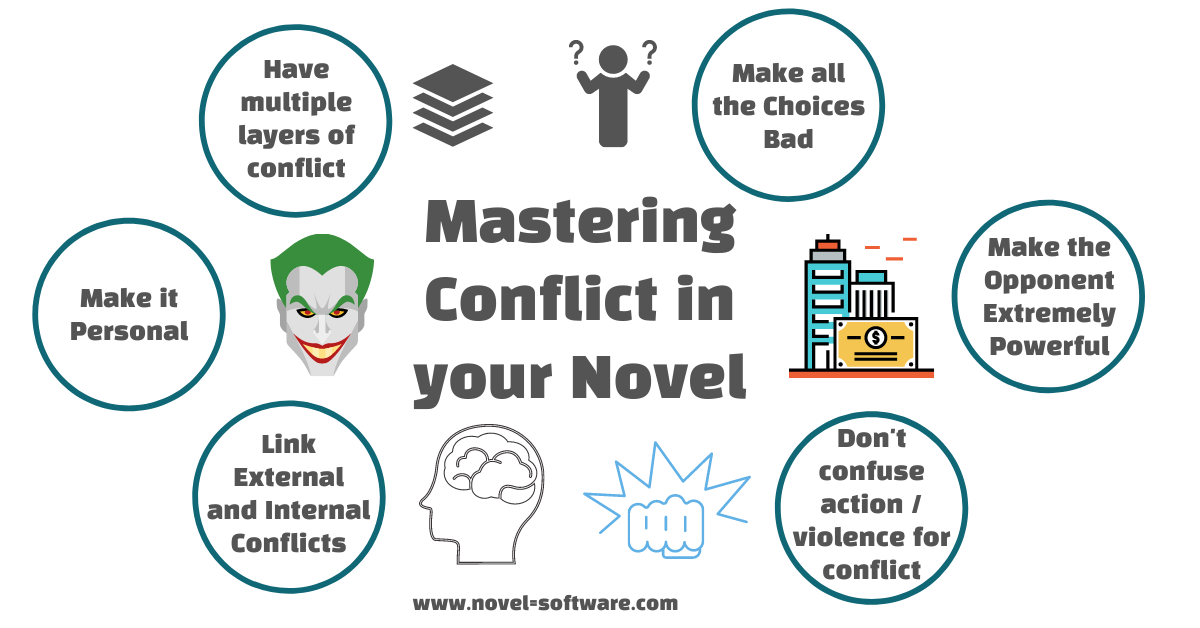
1. Have multiple layers of conflicts
As you can see in the examples above, each of these stories contains multiple examples of each of the types of conflict (internal and the three types of external) and these conflicts play out on all levels from the core to the major to the minor. Make sure your conflicts are as deep and broad as these. Your character should be facing some kind of conflict in almost anything they try to achieve. See the Goal to Decision cycle for more on this.
2. Make it personal
The more we care about the individuals, the more invested we will be in their choices and the consequences they face. You can build empathy with characters by making them relatable, showing them suffering unfairly, making them charismatic and making them flawed. Read more about how to build empathy with characters here.
3. Link Internal and External Conflicts
The best internal and external conflicts are intrinsically linked. In The Handmaid’s Tale, Offred’s Internal Conflict only exists because of the situation she’s forced into by the External Conflict of Gilead’s brutal unfairness. In Toy Story, Woody is forced to face his Internal Conflict (wanting to be Andy’s No. 1 forever despite that being unrealistic and selfish) when his External Conflict – Buzz – swoops onto the scene. See this article on wants versus needs to explore this further.
4. Make all the choices bad
Some of the most compelling conflicts can be found where there are no easy answers. For example in Interstellar, Cooper has to choose between going into space and possibly never seeing his daughter again, or staying with her only to watch her perish.
5. Make the opponent extremely powerful
The more impossible it seems for the hero to prevail, the more gripped your reader is likely to be. In the dystopias of The Hunger Games, The Handmaid’s Tale and 1984, the heroes have almost no power to control their own fates. Which makes it all the more intense when they do manage to win little battles, and all the more satisfying when they finally hurt their seemingly invincible opponent.
6. Don’t confuse action / violence for conflict
It’s tempting to try to create conflict with violence, but if there are no personal stakes, then this type of conflict will not deeply engage the reader. It might be exciting, and it might be fun, but the reader won’t feel emotionally involved. This can be seen in James Bond movies, where Bond shoots people right left and centre and we barely bat an eyelid. But when he faces his nemesis (personal and powerful) from a position of vulnerability (no good choices) and the nemesis does his evil speech, we’re on the edge of our seats – without a single shot fired.
Conclusion
Let’s revisit the two opening sequences we put forward right at the beginning of this article.
In one scene there could be a violent battle scene in which many are killed, but we feel nothing.
In this example, it’s not personal and as far as we know the two sides are fairly equal. We know nothing about why they’re fighting, or who might be in the right. It’s hard to get invested into the conflict.
However, in the example with the bedraggled child, most people will naturally feel empathy for a child, and more so for one that looks like it’s been mistreated. The door closing in its face shows the power imbalance and shows an immediate conflict layered over what is obviously a difficult life.
Hopefully you’ve found some useful theories and examples in this article, and can use them to make the conflict in your novels even more compelling.
If you enjoyed this article, please consider liking it and sharing it on social media.
Unlock your writing potential
If you liked this article by the Novel Factory, then why not try the Novel Factory app for writers?
It includes:
- Plot Templates
- Character Questionnaires
- Writing Guides
- Drag & Drop Plotting Tools
- World Building resources
- Much, much more
